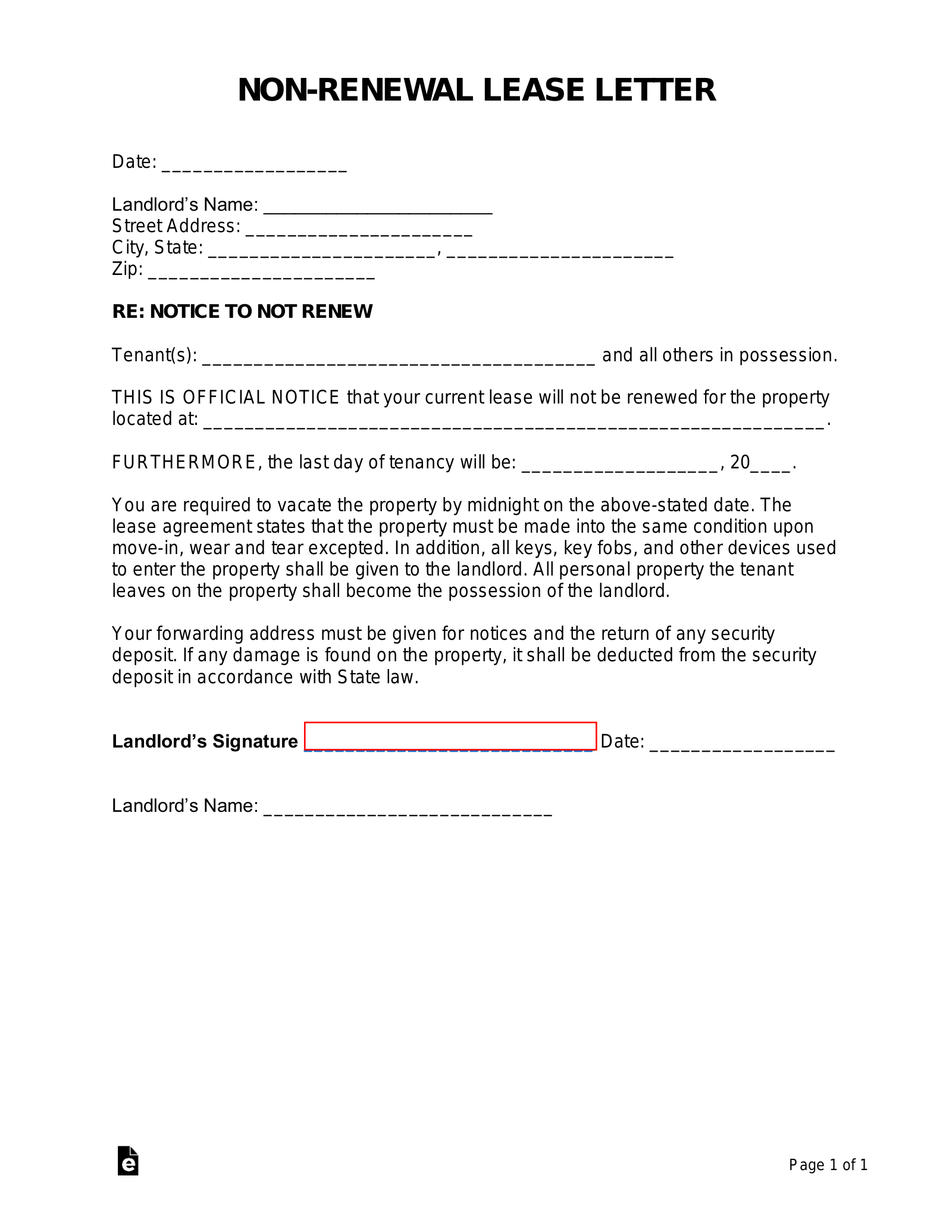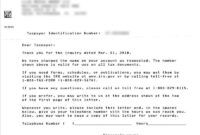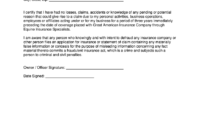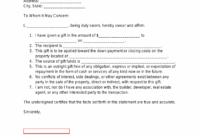As the end of a lease agreement approaches, whether you’re a landlord or a tenant, you might find yourself in a position where you don’t wish to continue the rental arrangement. This can be a straightforward decision for various reasons, from needing more space to simply wanting a change of scenery, or perhaps a landlord has decided to sell the property. Whatever the underlying cause, communicating this decision formally and clearly is absolutely essential to ensure a smooth transition for everyone involved.
Navigating the nuances of lease endings requires more than just a casual conversation. It demands proper documentation to protect both parties and adhere to legal requirements. That’s precisely where a reliable non renewal of lease letter template becomes incredibly valuable. It provides a structured, professional, and legally sound way to inform the other party that the current lease will not be extended beyond its agreed-upon term, paving the way for a clear understanding and preventing potential disputes down the line.
The Undeniable Importance of a Formal Non-Renewal Notice
Sending a formal non-renewal letter isn’t just a polite gesture; it’s often a legal necessity that can save you a lot of headaches in the long run. Most lease agreements, and indeed many state and local landlord-tenant laws, stipulate specific notice periods for ending a tenancy. Failing to provide this notice correctly and on time can lead to a lease automatically renewing, financial penalties, or even legal challenges. Imagine thinking your tenancy is over, only to find you’re still liable for rent because you didn’t send a proper letter.
Beyond legal compliance, a formal letter serves as undeniable proof of your intentions. Verbal agreements can be easily misinterpreted or forgotten, leading to disputes over move-out dates, security deposits, and final inspections. A written notice eliminates ambiguity, creating a clear paper trail that documents when the notice was given and what was communicated. This level of clarity is vital for both landlords who need to prepare for new tenants and for tenants who need to plan their move without unexpected financial burdens.
For landlords, receiving a formal non-renewal letter from a tenant allows ample time to begin advertising the property, conducting showings, and screening new applicants, minimizing vacancies and lost rental income. Similarly, a landlord’s non-renewal notice gives a tenant sufficient time to find new housing, pack their belongings, and make necessary arrangements without feeling rushed or blindsided. It fosters a professional relationship right up to the end, ensuring that both parties can focus on their next steps rather than on conflict.

Ultimately, this formal communication is about respecting the terms of the agreement and the rights of both landlord and tenant. It’s a foundational step in ending a tenancy cleanly and amicably, laying the groundwork for a positive final interaction. Properly executed, it prevents miscommunication, adheres to legal frameworks, and ensures a responsible conclusion to the rental period for all parties involved.
Crafting Your Non-Renewal Letter: A Practical Guide
When you’re ready to communicate your decision not to renew a lease, utilizing a non renewal of lease letter template can simplify the process significantly. The key is to ensure your letter is clear, concise, and contains all necessary information to avoid any confusion. Start by directly stating your intent: that the current lease agreement will not be renewed and will terminate on its original end date. Avoid flowery language or emotional pleas; stick to the facts.
Your letter should explicitly reference the original lease agreement, including the start date, the names of all parties involved, and the full address of the property. This ensures there’s no doubt about which agreement you’re referring to. It’s also crucial to state the exact date the tenancy will officially end, which should align with the lease’s terms. This date is critical for both parties to plan their move-out or move-in schedules.
One of the most important aspects to address is the notice period. Most leases require a certain amount of notice, typically 30, 60, or even 90 days, before the lease term expires. Your letter must be sent within this required timeframe. If you fail to meet the notice period, you might inadvertently trigger an automatic renewal clause or face penalties. Always double-check your lease agreement for these specifics before drafting your letter.
Finally, ensure the letter maintains a professional and courteous tone. While it’s a formal notice, there’s no need for hostility or blame. Simply state your decision and the relevant details. It’s also highly advisable to send the letter via a method that provides proof of delivery, such as certified mail with a return receipt. This creates an indisputable record that the letter was sent and received, protecting you should any disputes arise later on. Make sure to keep a copy of the signed letter for your own records.
- Be clear and concise in your opening statement.
- Reference the original lease agreement and property address.
- State the exact termination date of the lease.
- Verify and adhere to the required notice period as per your lease.
- Maintain a professional and respectful tone throughout the letter.
- Send the letter via certified mail or a method with proof of delivery.
- Keep a personal copy of the signed and dated letter for your records.
By following these guidelines, you ensure that the end of your lease period is handled with the professionalism it deserves. A well-crafted letter simplifies the transition for everyone, allowing both landlords and tenants to move forward with confidence and clarity, free from misunderstandings or legal complications that can arise from informal communication.
Taking the time to prepare and send a proper non-renewal notice ultimately contributes to a smoother, more organized, and stress-free conclusion to a rental agreement. It’s a small effort that yields significant peace of mind, proving that clear communication is always the best policy in any contractual relationship.



